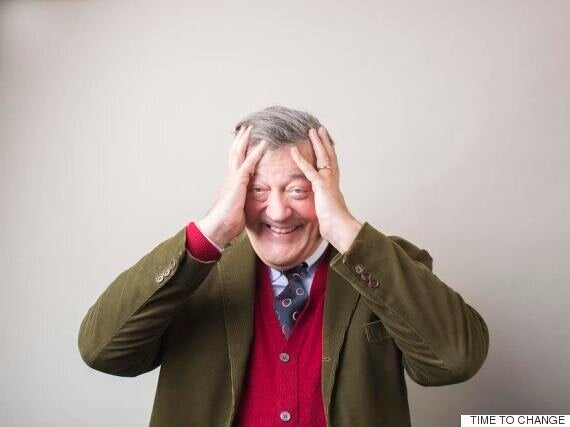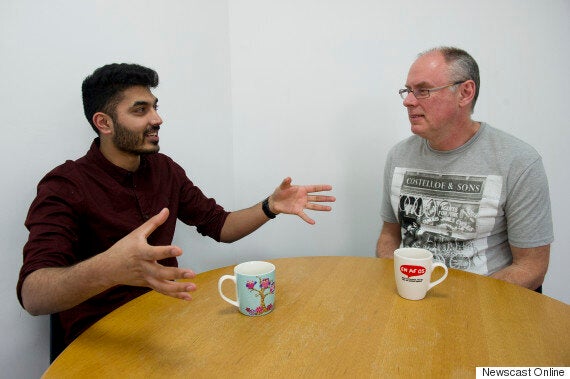When stories concerning mental health enter the news, they're often accompanied by a picture of a person with their head in their hands.
But Time To Change - the mental health anti-stigma programme run by Mind and Rethink Mental Illness - wants to see an end to ‘headclutcher’ images.
Their latest campaign Get the Picture asks the media to rethink how they represent stories concerning mental illness by offering them an alternative.
Backed by Stephen Fry, the campaign is asking members of the public who have experienced mental illness to share their pictures online along with the hashtag #GoodbyeHeadClutcher.

A recent survey of nearly 2,000 people by Time To Change revealed over half (58%) thought the ‘headclutcher’ image was stigmatising.
The majority of people surveyed also said that it made others think that people with mental health problems should look depressed all of the time (76%).
What's more, over 80% of people surveyed thought the ‘headclutcher’ image did not convey how it feels to have a mental health problem and a third of people (30%) said that seeing images of suicide or self harm triggered their own suicidal feelings.
Members of the public have shown their support for the campaign by sharing their pictures and their stories using the #goodbyeheadclutcher hashtag.
As well as people with mental health problems, Time to Change consulted picture editors and journalists to find out if they would use alternatives to the ‘headclutcher’ image.
The majority agreed these images could be stigmatising and that they would prefer to use alternatives if they were available.
As part of the Get the Picture campaign, Time To Change has now made a new set of high-quality images to accompany media stories about mental health problems will be freely available.
“We recognise that mental health can be a complex topic to illustrate, which is perhaps why we’ve seen so much use of an over simplistic ‘headclutcher’ shot over the years," Sue Baker, Director of Time to Change, said.
“For some time, campaigners have been highlighting the negative impact of the image in the media so we wanted to combine our efforts and come up with a way of offering picture editors a fresh and more realistic range of photographs.
"These images are freely available to all media, and we hope to add to the bank of photos over time. We urge picture editors to use them and say goodbye to the ‘headclutcher’ once and for all.”
SEE ALSO:
'The Man Most Likely To Consider Suicide Is The Life And Soul Of A Party'
Suffering From Depression Or Anxiety? This Treatment Is Free, And Can Help
Rehaan Ansari, 24, a medical student at Newcastle University, is one of four people with experience of mental health problems to feature in the campaign.

Rehaan Ansari
“The ‘headclutcher’ is an unfair and inaccurate representation of what life is like with a mental health condition – but it’s often the image most commonly associated with people who experience them," he said.
"It’s definitely time to change the backwards attitude that mental health conditions are something to be ashamed of."
